Who Controls the User Experience? AMD’s Carrizo Thoroughly Tested
by Ian Cutress on February 4, 2016 8:00 AM EST#5 The Lenovo Y700 (Carrizo, FX-8800P + R9 385MX)
The Y700 pre-release unit we had access to didn't have a battery, or a wireless module. But it did have a ‘neat’ trick compared to the other APUs in this test, in that it is the 35W model of the AMD FX-8800P, which adds a bit more frequency in exchange for some additional power draw. Moving to 35W affords some benefits we’ll go into in a bit, although for some odd reason Lenovo didn’t take them here.
| Lenovo Y700 (Carrizo) Specifications | |
| Size and Resolution | 15.6-inch, 1920x1080 IPS |
| Processor | AMD FX-8800P (35W) Dual module, 4 threads 2.1 GHz Base Frequency 3.4 GHz Turbo Frequency |
| Graphics | Integrated R7 512 Shader Cores 800 MHz maximum frequency GCN 1.2 AMD R9 385MX Discrete GPU with 2GB GDDR5 512 Shader Cores 900-1000 MHz Core, 1200 MHz Memory GCN 1.2 Dual Graphics Not Available in Drivers |
| TDP | Chassis: 15W CPU: 35W |
| Memory | 16 GB in Single Channel Operation 2 x 8GB at DDR3L-1600 C11 Single Channel ONLY |
| Storage | 256GB Sandisk |
| Battery Size | None in our model 80Wh with 4 cell Li-ion design otherwise |
| WiFi | None in our model 802.11ac M.2 otherwise |
| Optical Drive | Optional |
| Dimensions | 15.24 x 10.91 x 1.02-inch 38.7 x 27.7 x 2.60 cm |
| Weight | 5.72 lbs 2.6 kg |
| Webcam | 1280x720 with array microphones |
| Ports | Memory Card Reader HDMI 2 x USB 3.0 + 1 x USB 2.0 Ethernet |
| Operating System | Windows 10 Home |
| Website Link | link |
The Y700 here is paired with a discrete graphics card, AMD's Radeon R9 385MX, which offers 512 streaming processors. The FX-8800P processor also has R7 graphics and 512 SPs at 800 MHz, and in theory one might think that these two automatically work with each other in dual graphics mode – but this design is not set up that way. So for this design, the user is paying for almost the same graphics design twice (though the discrete card has access to much faster memory), but one is essentially disabled or only comes on when the discrete card is shut off. Arguably one might postulate that the active idle power of the integrated graphics is lower than that of the discrete, but it seems expensive just for the sake of a few hundred mW. There could be another reason in display support, but it still seems odd. The user can however manually choose to invoke whichever graphics solution they wish from the Catalyst menu.
Another element of the design worth questioning is the memory. Carrizo as a platform does support dual channel memory, but it shares a design structure with Carrizo-L (Puma+) which is single channel only. As a result, a number of OEMs have designed one motherboard for both platforms, which means all Carrizo under that design are limited to single channel operation, reducing performance for the sake of some PCB design. This is an aspect we’ll get on to later, but it means that the Y700 has access to 16GB of DDR3L-1600 CAS 11 but in single channel mode. The fact that it is DDR3L-1600, even though Carrizo supports DDR3-2133, is another angle to tackle on how such a design can have performance issues.
For the other specifications, the Y700 gets a 1920x1080 IPS screen, a 256 GB Sandisk SSD and some Wi-Fi in an M.2 form factor. I say ‘some’ Wi-Fi, purely because our pre-production unit didn’t have any.
This low quality image of the insides shows the dual fan design for the 35W APU and discrete graphics, and we can confirm we didn’t see any throttling during our testing. The two memory modules, despite being part of a single channel design, sit on the right below the slim hard drive which we replaced with the 256 GB Sandisk SSD. There is also an M.2 slot next to this, though I believe this is SATA only, supporting form factors up to 2280.
Next to the M.2 slot is the bass speaker. The Y700 has an extra vent at the bottom for better sound, rather than muffled in a chassis:
The keyboard we had in our model was a mix English/Japanese variant, though the red backlight was easy to see through.
Brett actually has the Skylake variant in for testing, so I'll let him mull over the design a bit more, but on the sides:
The left gets a charging point, a USB 3.0 port, a multi card reader and a headphone jack. On the right are two more USB ports, a HDMI port, an expanding Ethernet port and a Kensington Lock hole.
Y700 Specific Testing
In the case of the display, out of those we tested it actually comes best in terms of color accuracy. While I don’t have a spectrophotometer to show you exactly in numbers, the colorimeter graph does the business:
Here red and blue are pretty much dead on accurate, but green is straying too low. The panel gives a good 1032 contrast ratio, with 0.216 nits at low brightness and 223 nits at peak. The peak isn’t very high, which might be a bit concerning in bright lights.
One of the downsides to these configurable TDP processors is that the ‘max TDP’ string doesn’t change. It is up to the OEM to do the firmware adjustments, but chances are they won’t open it up to regular users in case someone wants to put 35W through a chassis only designed to handle 15W. The way to tell is in the peak frequencies, and this one goes to eleven 3.4 GHz.
For the discrete GPU, we get 2 GB of dedicated memory and, thanks to the use of GDDR5, much greater bandwidth than just relying on DDR3 alone. The ‘CrossFire available’ message means that GPU-Z recognizes that the CPU and GPU can be both put to work together, but for whatever reason the drivers did not allow it when we tested.


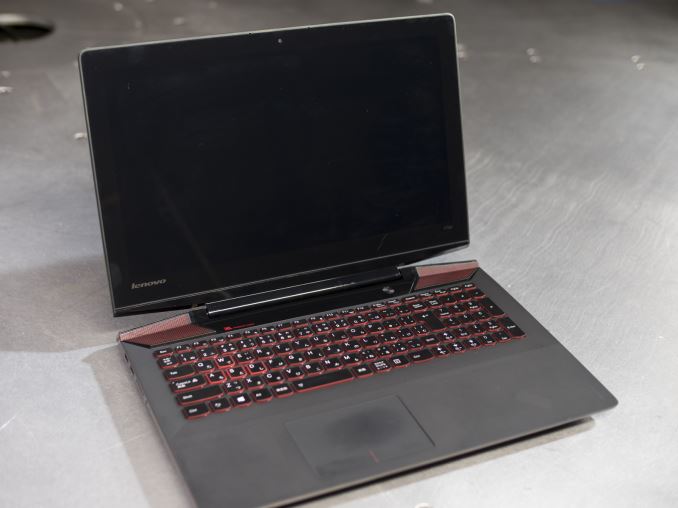






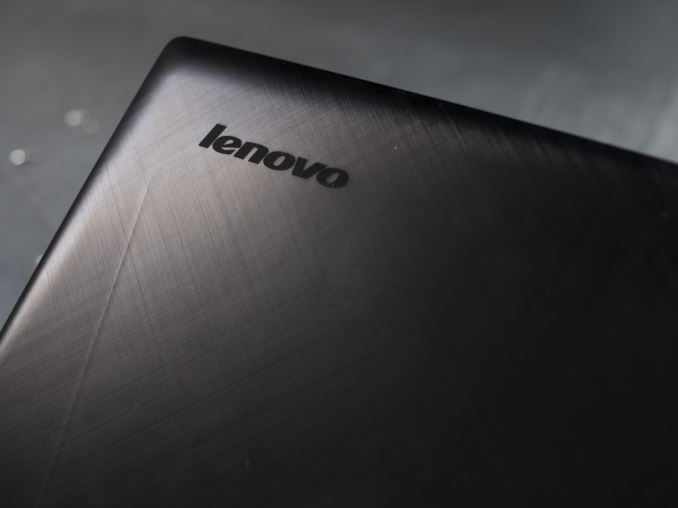
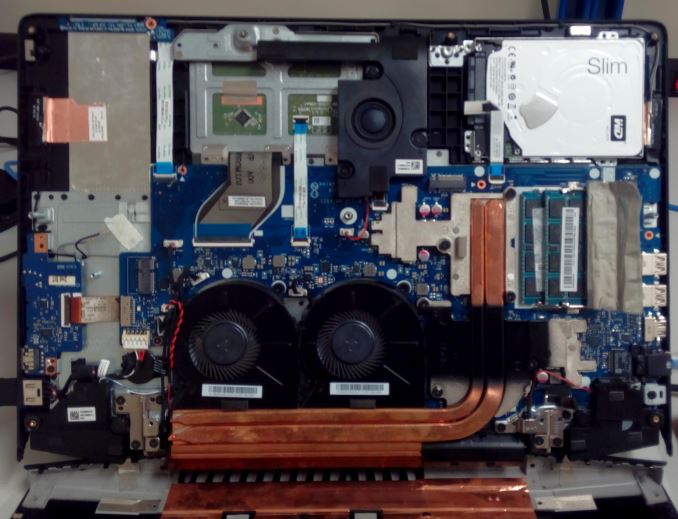
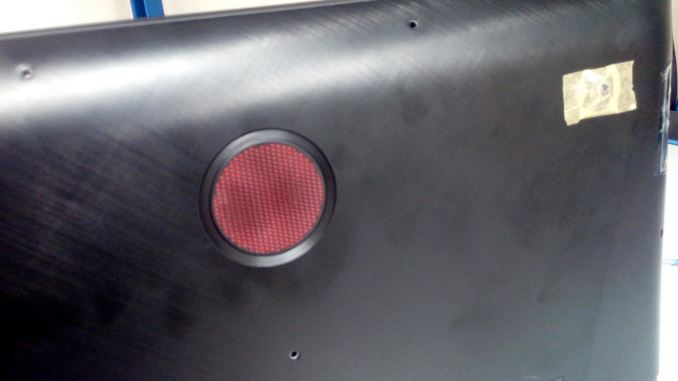
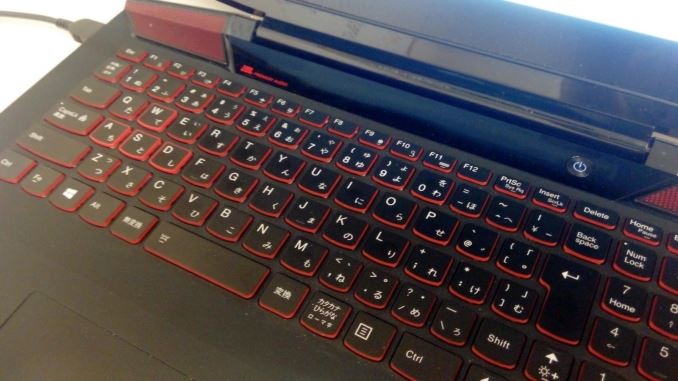

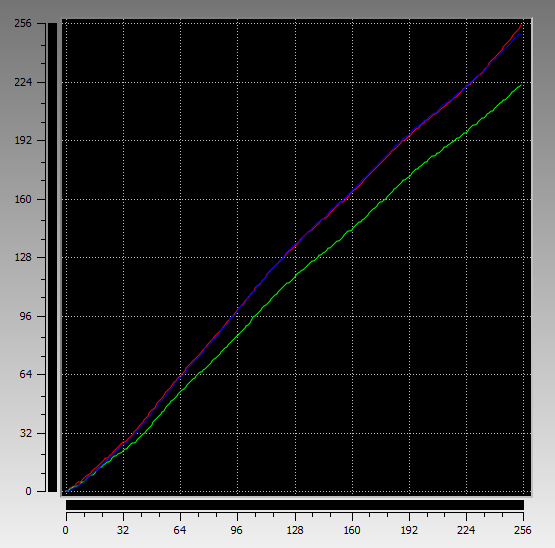
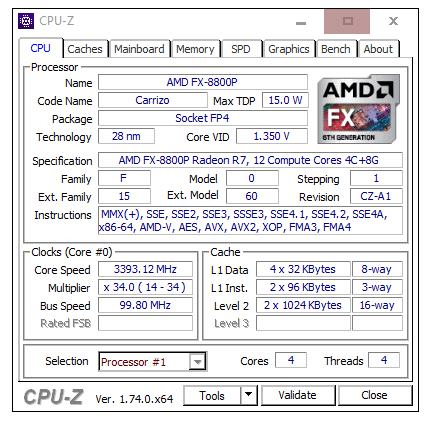
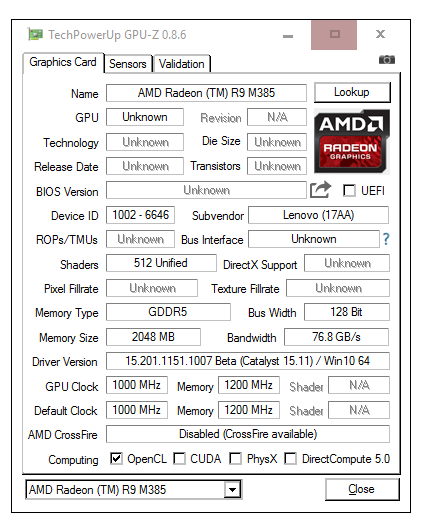








175 Comments
View All Comments
LarsBars - Friday, February 5, 2016 - link
I am really surprised that with AMD's current objectives, and strength in graphics, they didn't make the decision to have the cat cores use dual-channel memory controllers. Intel Atom x7 uses a dual-channel controller.I am really happy to see AMD's long-term decision making. I've read them saying things like "Going forward, we don't want to be regarded as the ultra-low cost option." Which hopefully means the end of articles like this one.
GREAT article, Ian.
bluevaping - Saturday, February 6, 2016 - link
Zen-L with single channel memory? I hope for none...leopard_jumps - Saturday, February 6, 2016 - link
I expected much more from AMD ! Very disappointed .mdriftmeyer - Saturday, February 6, 2016 - link
What's up with POV-Ray 3.7 Beta? POV-Ray 3.7 was released in November 3, 2013.MUSON - Saturday, February 6, 2016 - link
Notebookcheck.net tested the HP Elitebook 745 G3 with a dual channel setup. Performance gains range anywhere between 40% and 50% with gaming.http://www.notebookcheck.net/HP-EliteBook-745-G3-N...
leopard_jumps - Saturday, February 6, 2016 - link
Good find ! Yet the performance is insufficient . GT 940M is the better choiceleopard_jumps - Saturday, February 6, 2016 - link
They call it Geforce 940M instead of GT 940M . Interesting why ?extide - Thursday, March 24, 2016 - link
Both are somewhat incorrect, the proper name is Geforce GT 940Mzodiacfml - Saturday, February 6, 2016 - link
I love the graphs and detail. In the end there's one simple fact which is giving AMD the problem. It is Chipzilla's cash and capability in process nodes. Since you had the good point of mentioning that, most of the time, the SoC didn't mattered to consumers as probably because of good enough performance, AMD's simple goal is to achieve Intel's same process advantage for its known values.AMD's chips are too big now with half the price of Intel's chips. They are selling near costs and is fighting for survival only. AMD's team is probably excited with their partnership with Samsung as this will put them again close to Intel in terms of process node advantage.
I believe, it didn't matter for AMD with the shortcomings of available devices as their goal seems to be surviving while continue research and development for future products and process nodes and put them back in the game.
zodiacfml - Saturday, February 6, 2016 - link
I just saw some benchmarks with dual-channel memory and they are pretty impressive for entry level gaming on a 1366x768. I could have bought this versus an i5-5200 laptop I bought last year. But then, I haven't seen any Carrizo in the local market yet.